5 Essential Tips for Selecting the Perfect LED Grow Light: A Complete Guide
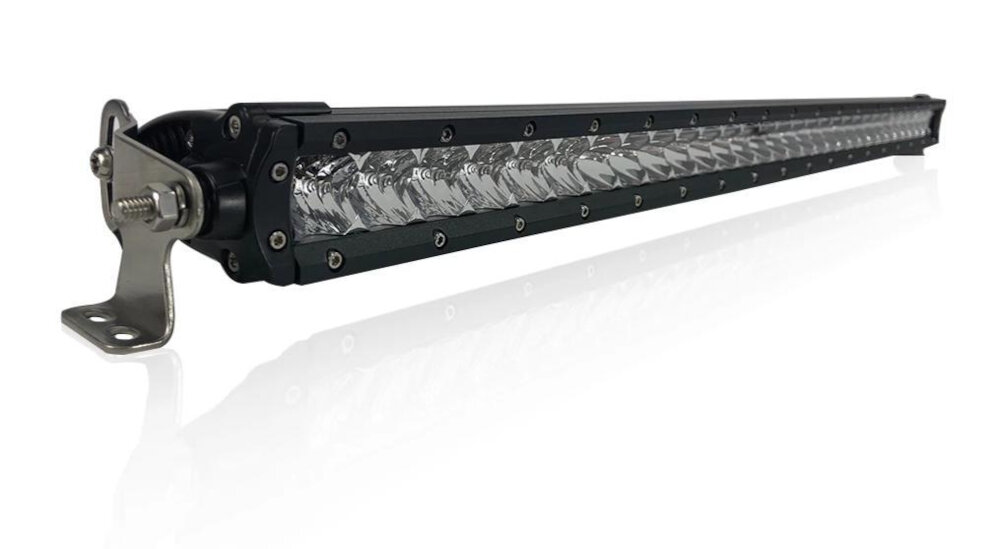
As more and more people turn to indoor gardening, the use of LED grow lights is becoming increasingly popular. These grow lights are energy-efficient, long-lasting, and can provide plants with the exact kind of light they need to thrive. However, with so many different types of LED grow lights available on the market, it can be challenging to choose the right one for your specific needs. That’s why we’ve put together this complete guide to help you select the perfect LED grow light. From understanding the different types of LED grow lights to evaluating the key features that will make a difference in your indoor garden, we’ll cover everything you need to know to make an informed decision. Whether you’re a seasoned indoor gardener or just starting out, these essential tips will help you choose the right LED grow light to help your plants flourish.
Indoor gardening is becoming increasingly popular, and LED grow lights are a crucial component in this trend. These lights have emerged as the go-to option for indoor gardening enthusiasts due to their high energy efficiency, low heat emissions, and longer lifespan. These lights provide plants with the necessary light spectrum for photosynthesis, which is crucial for their growth and development. LED grow lights are also customizable and can be adjusted to provide plants with the right amount and type of light they need at different growth stages. By selecting the perfect LED grow light, indoor gardeners can ensure their plants receive optimal light for healthy growth, leading to a successful harvest.
Selecting the right LED grow light is crucial for the growth and development of plants. LED grow lights are designed to provide the optimal light spectrum that plants need for photosynthesis. They emit a specific range of wavelengths that can be easily absorbed by plants, promoting healthy growth and yield. The right LED grow light should be chosen based on the specific needs of the plant, including the growth stage, light intensity, and duration of light exposure. A poor quality or incorrectly chosen LED grow light can result in stunted growth, poor yield, and even plant death. Therefore, it is important to carefully consider the type of LED grow light that will best suit the plants’ needs to ensure optimal growth and yield.
Tip 1: Consider the Wattage
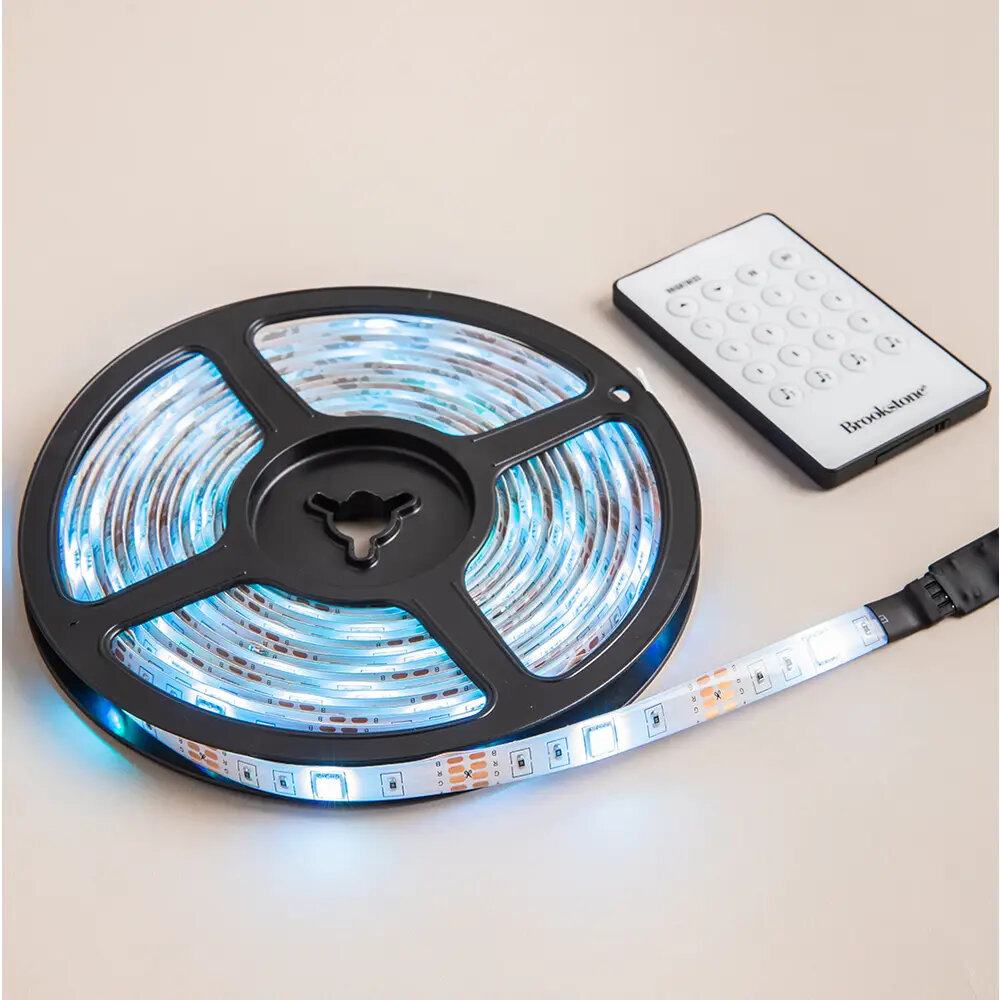
When it comes to selecting the perfect LED grow light, there are several factors to consider, and one of the most important is wattage. The wattage of a grow light determines its power output, which in turn affects its ability to support plant growth. When selecting an LED grow light, it is essential to consider the wattage that will be needed for your specific plants. Different plants have different requirements, and wattage needs will vary depending on the size of the growing area. It is important to note that simply selecting a high wattage LED grow light does not necessarily mean better results. In fact, selecting a grow light with too high of a wattage may lead to overheating and damage to your plants. It is essential to consider the wattage needs of your plants and select a grow light that will provide the appropriate amount of light for optimal growth. By carefully considering wattage needs and selecting the appropriate LED grow light, you can ensure that your plants receive the light they need to thrive.
Wattage is a crucial factor to consider when selecting LED grow lights for your indoor garden. It refers to the amount of electricity the light consumes to operate. The wattage of LED grow lights determines the intensity of the light and the coverage area. A higher wattage means more power, and therefore, more light intensity and coverage area. However, it is important to note that higher wattage does not always translate to better quality. Too much wattage can lead to overheating and damage to your plants. Therefore, it is essential to find the perfect balance between wattage, quality, and efficiency. Understanding the wattage of LED grow lights will help you make informed decisions about the type and number of lights you need for your indoor garden.
Calculating the wattage needed for your plants is an important factor to consider when selecting the perfect LED grow light. The wattage requirement depends on the type of plant, its growth stage, and the size of the growing area. As a general rule of thumb, you will need at least 32 watts of actual power per square foot of growing area. However, this can vary depending on whether you are growing vegetables, herbs, or flowers. For example, plants that require high light levels, such as tomatoes or peppers, will need more wattage compared to plants that require lower light levels, such as lettuce or herbs. By understanding the wattage requirements of your plants, you can ensure that your LED grow light provides sufficient light for optimal growth and yield.
Tip 2: Look for Full Spectrum Lights

When it comes to selecting the perfect LED grow light, one of the most important tips to keep in mind is to look for full spectrum lights. Full spectrum lights are designed to mimic the natural light spectrum, providing plants with the range of wavelengths they need to grow and thrive. Unlike traditional grow lights that only provide a few specific wavelengths, full spectrum lights provide a broad range of wavelengths, including both visible and invisible light. This means that plants can absorb more light energy, which can lead to faster growth, stronger plants, and higher yields. Another advantage of full spectrum lights is that they can help to improve the quality of your plants. Because they provide a full range of wavelengths, they can help to promote the growth of secondary metabolites, which are compounds that are responsible for the taste, aroma, and color of plants. In addition, full spectrum lights can help to improve the nutritional value of your plants, as they can help to increase the levels of vitamins, minerals, and other beneficial compounds. Overall, if you want to maximize the growth and quality of your plants, it is essential to choose full spectrum lights that provide the right combination of wavelengths for your specific needs.
Full Spectrum lights are a type of LED grow light that mimic natural sunlight, providing plants with the optimal light spectrum for growth and development. These lights emit a wide range of wavelengths, including both red and blue light, as well as the lesser-known green and yellow wavelengths, which are also critical for photosynthesis. In addition to promoting healthy plant growth, full spectrum lights also enhance the flavors and aromas of fruits and vegetables. They are important for indoor gardening because they help plants thrive in an environment where natural sunlight may be limited. By providing a balanced spectrum of light, full spectrum lights ensure that plants receive the necessary nutrients for growth and development, resulting in healthier, more vibrant plants.
When it comes to selecting the perfect LED grow light, it is important to identify the full spectrum LED grow lights. A full spectrum LED grow light is an electric light source that emits light across the entire electromagnetic spectrum, including all colors and wavelengths from ultraviolet to infrared. These lights are designed to mimic natural sunlight, providing plants with the necessary light for photosynthesis and growth. To identify full spectrum LED grow lights, look for lights that have a high color rendering index (CRI) and a high Kelvin temperature. These lights should also have a balanced ratio of cool and warm light, with a mix of blue and red wavelengths. Additionally, full spectrum LED grow lights should be labeled as such, so be sure to check the product specifications before making a purchase.
Tip 3: Check the PAR Value
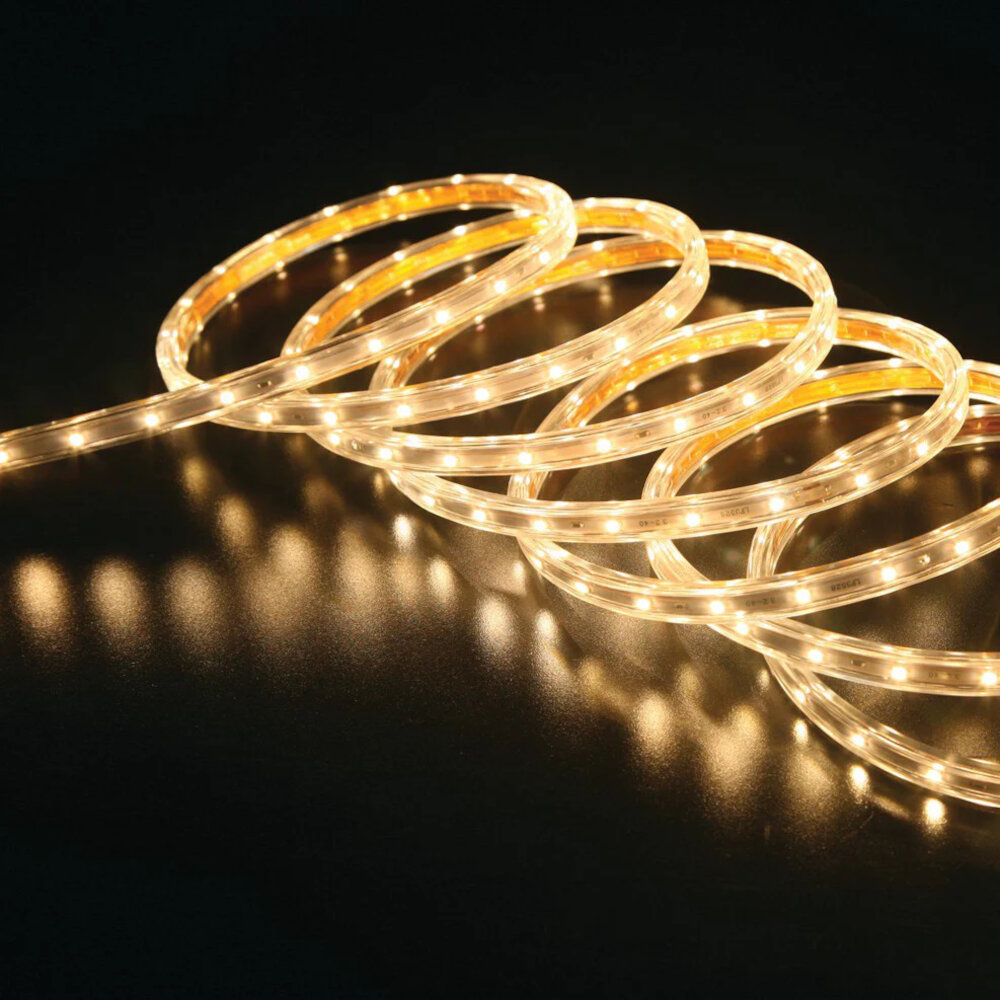
When it comes to selecting an LED grow light, checking the PAR value is an essential factor to consider. PAR stands for Photosynthetically Active Radiation, and it refers to the light intensity that plants use in photosynthesis. The higher the PAR value, the better the light output and the more energy the plants receive, resulting in healthier and more robust growth. Therefore, it’s crucial to choose a grow light with a PAR value that suits your plant’s needs. Different plants require different levels of light intensity, so it’s recommended to research your plant’s PAR requirements before purchasing an LED grow light. Moreover, checking the PAR value is not only about the intensity of the light, but also its distribution. A good LED grow light should have an even PAR level across the entire coverage area to ensure all plants receive the same amount of light. An uneven distribution of light can result in some plants receiving too much light, while others receive too little, leading to stunted growth, nutrient deficiencies, and other problems. Therefore, it’s essential to choose an LED grow light with a high PAR value that is evenly distributed to ensure optimal plant growth and yield.
Photosynthetically Active Radiation (PAR) is a range of light wavelengths that plants use for photosynthesis, which is the process of converting light energy into chemical energy. PAR primarily consists of blue and red wavelengths, with green wavelengths being less effective for photosynthesis. The amount of PAR that plants receive can significantly impact their growth and development. Insufficient PAR can result in stunted growth, decreased yield, and poor quality of produce. Conversely, excess PAR can lead to plant damage or even death. Therefore, it is essential to select an LED grow light that provides sufficient PAR for your plants’ specific needs, as well as the optimal spectrum for their growth stage.
PAR measurements refer to the amount of photosynthetically active radiation that plants receive for optimal growth. This measurement is crucial in determining the right LED grow light for your plants. Plants require different PAR values depending on the stage of growth they are in. For instance, seedlings require a higher PAR value of around 400-600 µmol/m²/s while mature plants require a lower value of around 200-400 µmol/m²/s. Choosing the right PAR value for your plants ensures that they have access to the right amount of light for photosynthesis, thus promoting healthy growth and high yields. It is essential to research and understand the PAR requirements of your plants before selecting an LED grow light to ensure optimal growth and maximum yield.
Tip 4: Consider the Size of Your Grow Space
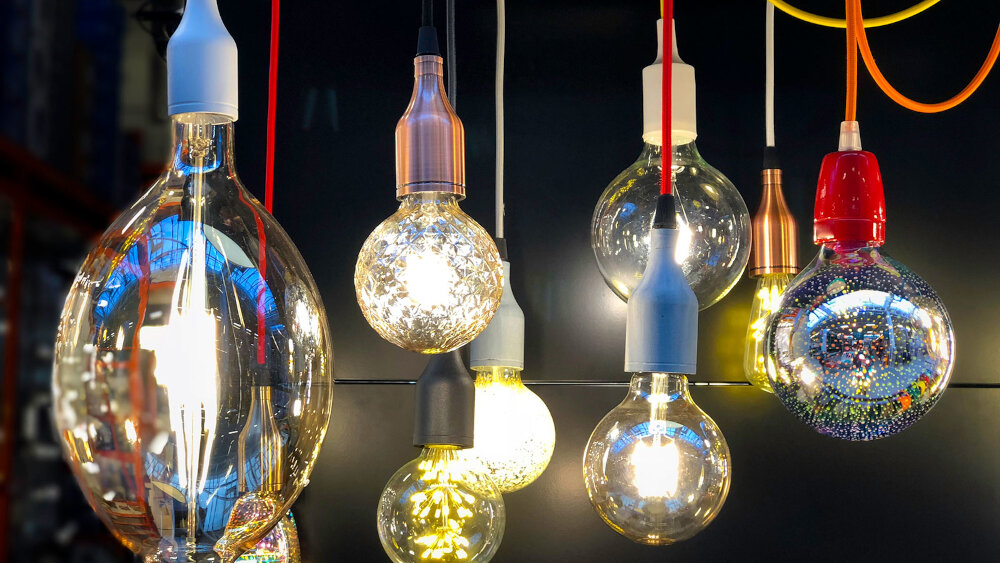
When it comes to growing plants, the size of your grow space is an important consideration when selecting the perfect LED grow light. If you have a large grow space, you will need a grow light with a higher wattage to cover the entire area effectively. On the other hand, if you have a small grow space, a lower wattage LED grow light would be sufficient. Keep in mind that a high wattage LED grow light will produce more heat, which could impact the temperature in your grow space. Therefore, it’s vital to ensure that your grow space has proper ventilation and cooling systems to prevent heat buildup. Additionally, the size of your grow space will determine the number of LED grow lights you need. If you have a large grow space, it’s best to use multiple LED grow lights rather than relying on a single grow light to cover the entire area. This will ensure that all plants receive adequate light for proper growth and development. However, when using multiple LED grow lights, it’s crucial to ensure that each light provides the same amount of light intensity and coverage to prevent any uneven growth patterns or light burn on your plants. Overall, considering the size of your grow space is crucial when selecting the perfect LED grow light, as it will ensure that your plants receive the right amount of light for optimal growth and yield.
The size of your grow space is a crucial factor to consider when choosing an LED grow light. A larger grow space requires a more powerful LED grow light with a higher wattage, while a smaller grow space can get by with a lower wattage light. If your grow space is tall, you’ll need a grow light with a higher PAR output to penetrate deep into the canopy. On the other hand, if your grow space is shallow, you may need to choose a grow light with a wider spread to cover the entire area. Additionally, larger grow spaces may require multiple LED grow lights positioned strategically to ensure even light distribution. Ultimately, the size of your grow space will determine the type, wattage, and number of LED grow lights needed for optimal plant growth and yield.
Calculating the appropriate size of LED grow light for your grow space is crucial to ensure your plants receive optimal light for growth and development. The first step is to measure the size of your grow space in square feet. Next, determine the light intensity required for your plants based on their stage of growth and the specific species. This information can be found on the manufacturer’s website or through research. Once you have this information, you can calculate the wattage required using the formula watts per square foot. It’s important to note that the size of your LED grow light should also take into account the height of your plants and the distance between the light and plants to avoid burning or stunting their growth. By taking these factors into consideration, you can confidently select the perfect LED grow light for your indoor garden.
Tip 5: Read Reviews and Compare Brands

When it comes to investing in a LED grow light, it is crucial to read reviews and compare brands before making a final decision. Reviews can provide valuable insight into the performance, durability, and overall quality of a product. By reading reviews, you can learn from other people’s experiences and determine if the LED grow light is suitable for your needs. Additionally, reviews can help you avoid potential issues or problems that may arise with the product. It is essential to read reviews from a variety of sources to ensure that you are getting a comprehensive understanding of the product’s strengths and weaknesses. Comparing different brands is also important when selecting a LED grow light. Not all brands are created equal, and each brand may offer unique features or benefits that can enhance your growing experience. By comparing brands, you can evaluate the differences in price, quality, and functionality. You may find that one brand offers a better warranty or customer service than another, which can impact your decision-making process. Taking the time to research and compare different brands can help you make an informed decision and select the perfect LED grow light for your indoor gardening needs.
When selecting LED grow lights, reading reviews is a crucial step to ensure that you get the best quality product for your money. Reviews can provide valuable insights into the performance, durability, and overall effectiveness of the LED grow light you are considering. By reading reviews, you can find out if the light is suitable for your specific needs, whether it is easy to use and install, and if it offers good value for money. Additionally, reviews can help you avoid purchasing a poor-quality product that may not deliver the results you are looking for, saving you time and money in the long run. Therefore, it is important to take the time to read reviews carefully and use them to make an informed decision when selecting LED grow lights.
When comparing different brands and models of LED grow lights, there are several key factors to consider. The first is the wattage and spectrum of the light, as both can impact the growth and yield of your plants. Additionally, you should examine the size and coverage area of the light, as well as the lifespan and durability of the unit. Other important factors to consider include the cost, warranty, and customer reviews of each brand and model. By taking into account each of these factors, you can make an informed decision and select the perfect LED grow light for your needs.
Choosing the right LED grow light for your indoor garden is of utmost importance as it directly impacts the growth and yield of your plants. A good LED grow light provides the necessary light spectrum and intensity that plants need for photosynthesis and growth. With the right LED grow light, you can control the amount of light, temperature, and humidity, which are crucial for the health of your plants. Moreover, a high-quality LED grow light can save you money in the long run as it uses less energy and has a longer lifespan than traditional lighting methods. Therefore, investing in the right LED grow light can make all the difference in the success of your indoor garden.
When it comes to selecting the perfect LED grow light, there are several factors to consider. Firstly, pay attention to the light’s wattage as this will determine how powerful it is, and therefore how much it can impact your plants. Secondly, take note of the light’s spectrum, as different plants require different spectrums of light to grow. Thirdly, consider the size and shape of your grow space, as this will determine how many lights you need and what kind of coverage you require. Fourthly, look for a light with good cooling features to prevent any heat damage to your plants. Finally, keep your budget in mind, as LED grow lights can vary greatly in price, and it’s important to find one that suits your needs without breaking the bank. By considering these five essential tips, you’ll be well on your way to selecting the perfect LED grow light for your indoor garden.
Conclusion
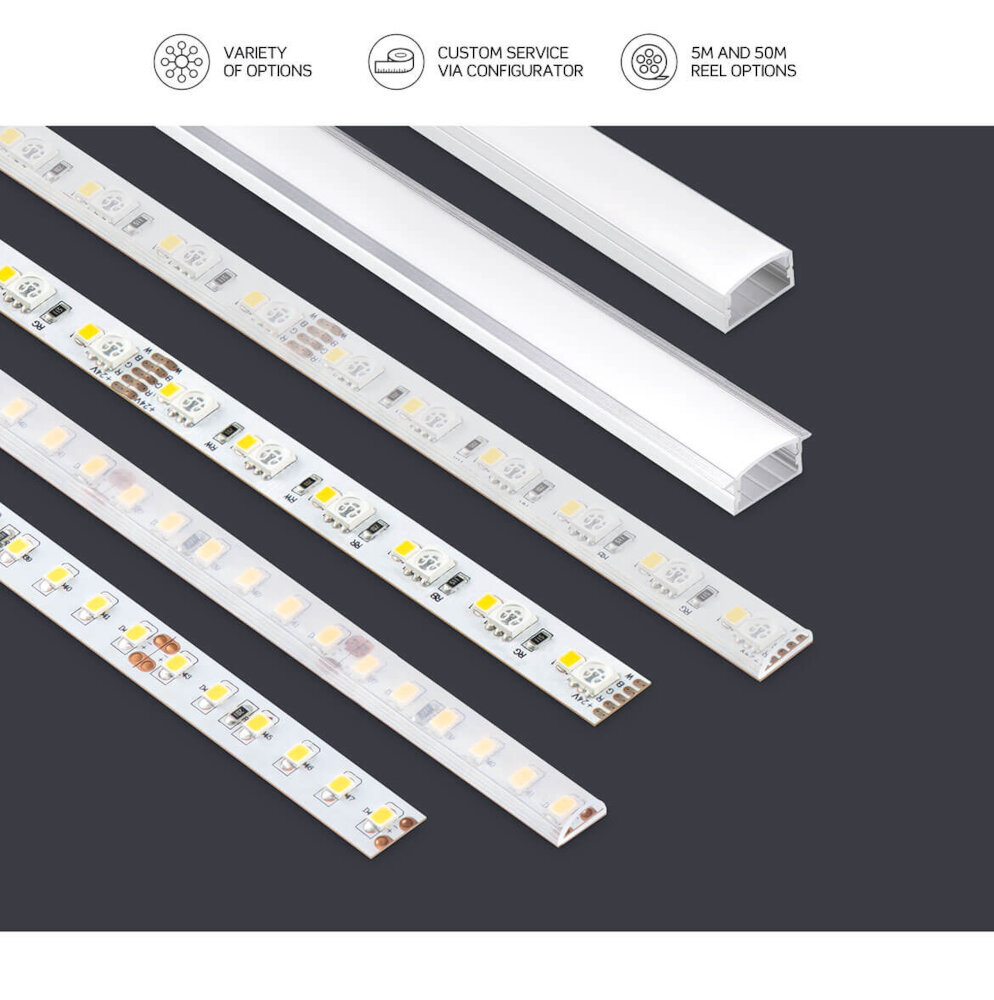
In conclusion, selecting the perfect LED grow light is a critical decision for any indoor gardener or farmer. With the right knowledge and understanding of the essential factors to consider, one can make an informed decision and choose the most suitable LED grow light for their plants. The five essential tips discussed in this guide, including light spectrum, coverage area, wattage, cooling system, and brand reputation, provide a comprehensive framework for making the right choice. By selecting a high-quality LED grow light that meets these criteria, growers can ensure optimal plant growth, health, and yield. So, take your time, evaluate your needs, and choose wisely to enjoy successful indoor gardening or farming.




